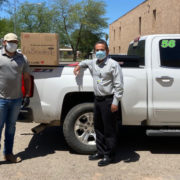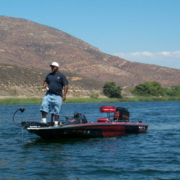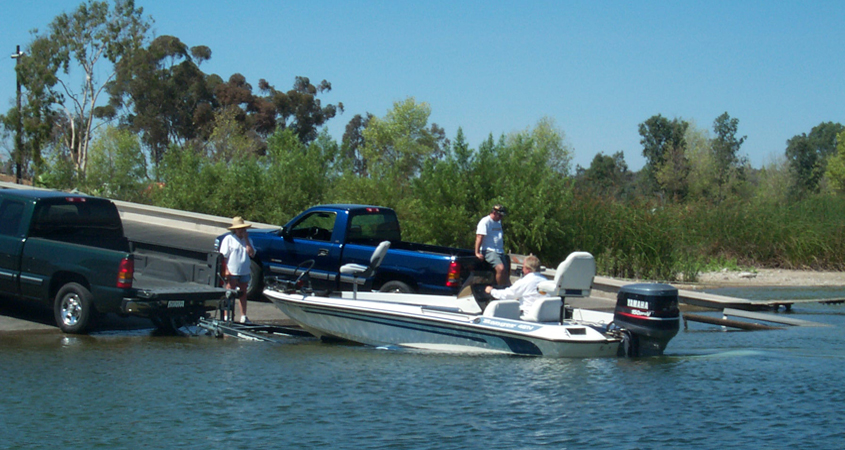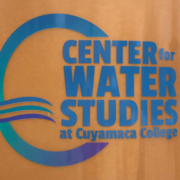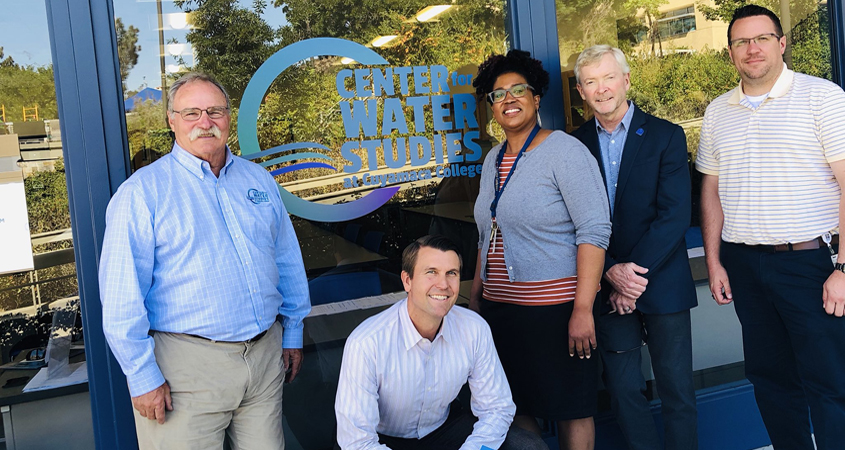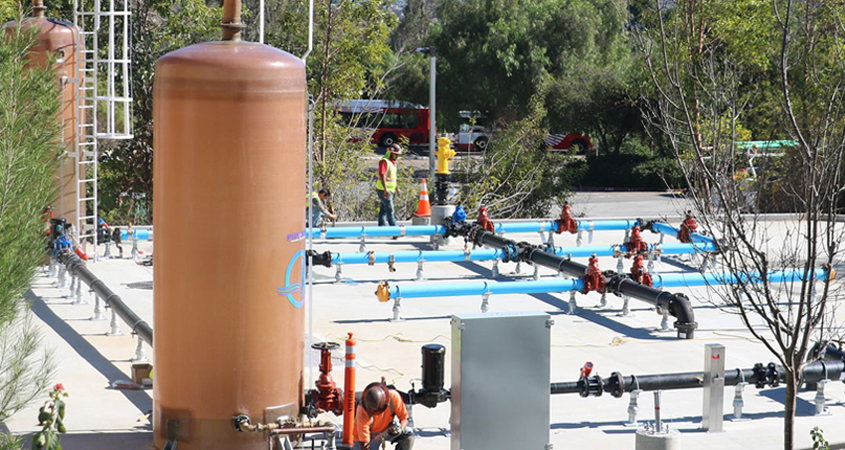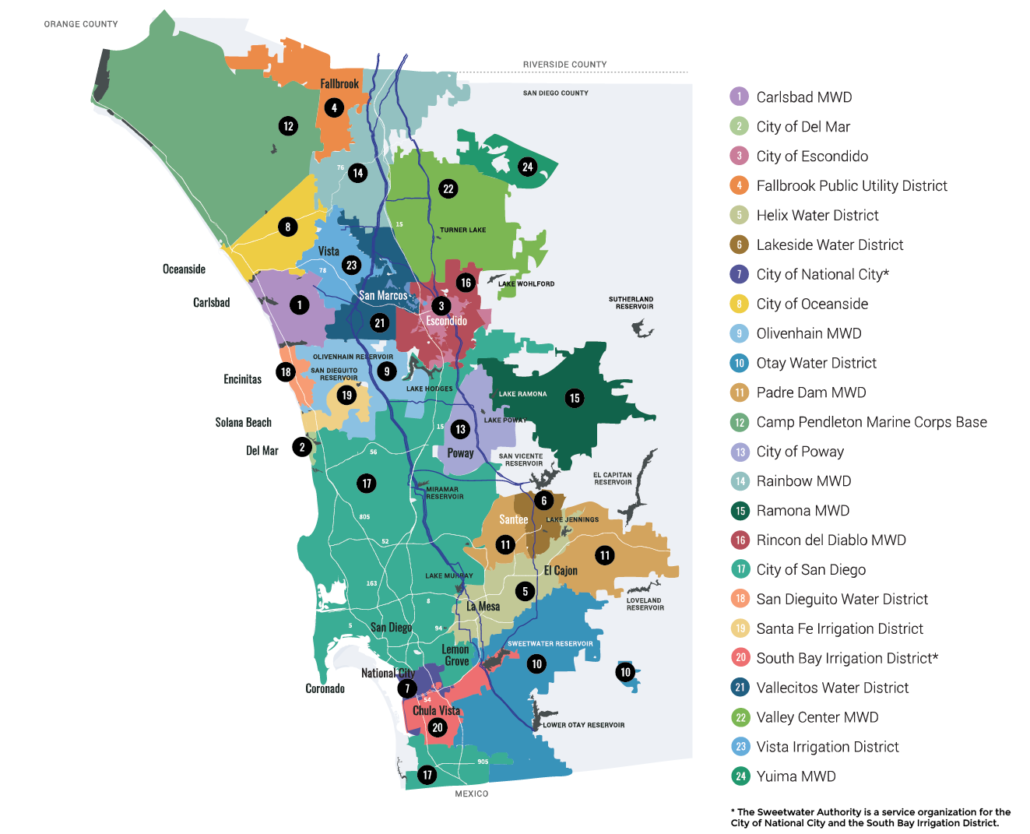The Imperial County Agricultural Commissioner’s Office has taken the lead in distributing more than 500,000 face masks to all sectors of the agriculture industry in the Imperial Valley.
“This was a positive result of the state understanding our need,” said Imperial County Agricultural Commissioner Carlos Ortiz. “They heard us.”
Agriculture is one of the essential sectors critical to health and safety in California during the coronavirus pandemic.
Since May, 566,000 face masks have been distributed to 126 agricultural-based businesses, including growers, farm labor companies, pest control, feed lots, trucking companies, hay presses and the dairy industry. Face masks have also been provided to agencies that work with farm workers, including Campesinos Unidos and Clinicas De Salud Del Pueblo.
State, local agencies collaborate for worker safety
The distribution of face masks to the agricultural community was part of a joint statewide effort of the California Agricultural Commissioners and Sealers Association together with the California Department of Food and Agriculture and the Department of Pesticide Regulation. The California Office of Emergency Services provided 824,000 face masks.
Ortiz said there is a rewarding feeling that comes from working with a team to respond to a local need.
“The fact we have received these masks from the state points to how critical agriculture is as an essential service to keep food on the table, especially during these challenging times,” said Ortiz. “Everyone in agriculture deserves praise for the work they are continuing to do.”
A survey was first sent to the Imperial Valley agricultural community, and there was an overwhelming response that personal protective equipment, starting with face masks, were a critical need.
“The reaction to the survey let the state know there was an immediate need,” said Ortiz.
The county will also be receiving special N-95 respirator masks, that will be distributed to agriculture workers that handle applied pesticides which require special respirator equipment, according to Ortiz.
Face masks ‘vital’
J Rollins, Vice President and Operations Manager of Rolling R Enterprises, a local family-owned custom harvesting and hauling company, said his company received face masks for his employees at a time that masks were very difficult to find through normal retail or wholesale avenues.
“Aside from our sanitation protocols, the masks we received from the Ag Commissioner’s Office was vital in keeping our workforce healthy, especially at the peak of our operations,” said Rollins.
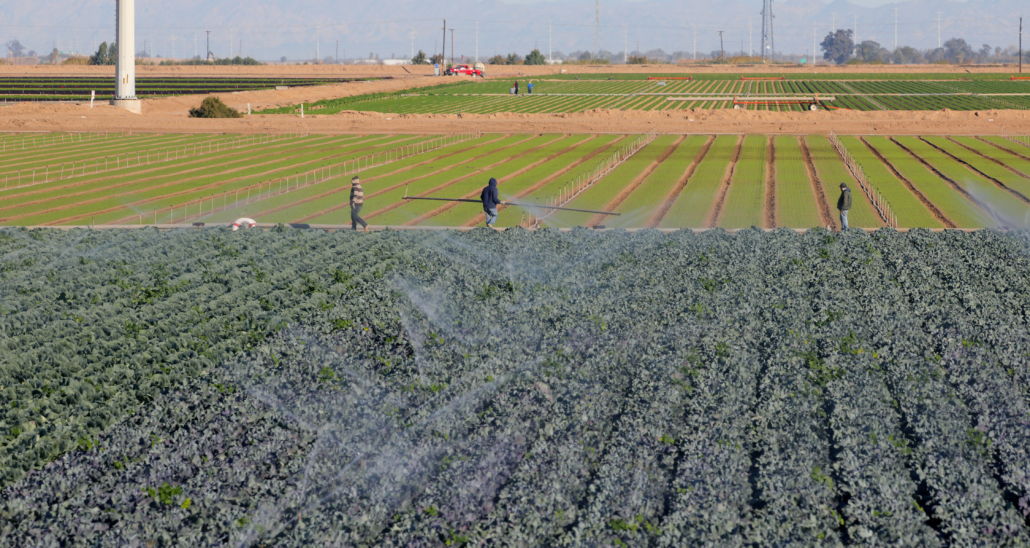
In the midst of the coronavirus pandemic, Imperial Valley vegetable farmers took additional precautions during the Spring 2020 harvest. Photo: San Diego County Water Authority
Timely delivery of face masks
Along with mask distributions, the Agricultural Commissioner’s Office has provided masks to individual farm workers and crews while doing field inspections.
“You are trying to focus on what else you can do to get the face masks to those who need them,” Ortiz said.
Imperial County Farm Bureau Executive Director Brea Mohamed said she was grateful for the mask distribution, adding the masks are helping growers ensure the safety of their employees and crews.
When the pandemic hit Imperial County, growers faced heavy costs to purchase such personal protective equipment, which placed further strain on their operations at a difficult time. It was also a challenge to find enough face masks to serve the local need of agricultural, she said.
Despite the coronavirus, agricultural work had to continue, said Mohamed.
“This hit right at the end of the produce harvest and just as we were starting to harvest corn, then came onions and melons,” she said. “Plus the feedlots and forage crops are year-round.”
Going forward, Mohamed said she is hopeful there might be additional help with other personal protective equipment, like hand sanitizers and sanitizers for farm equipment.

